
Clay
San Francisco-based UX/UI, web and branding agency that designs scalable digital products and experiences for startups and Fortune 100 companies using cutting-edge technology and user-centered strategy.

Mission Control
Remote design agency that combines human creativity and AI to deliver sleek, strategic websites for ambitious startups.
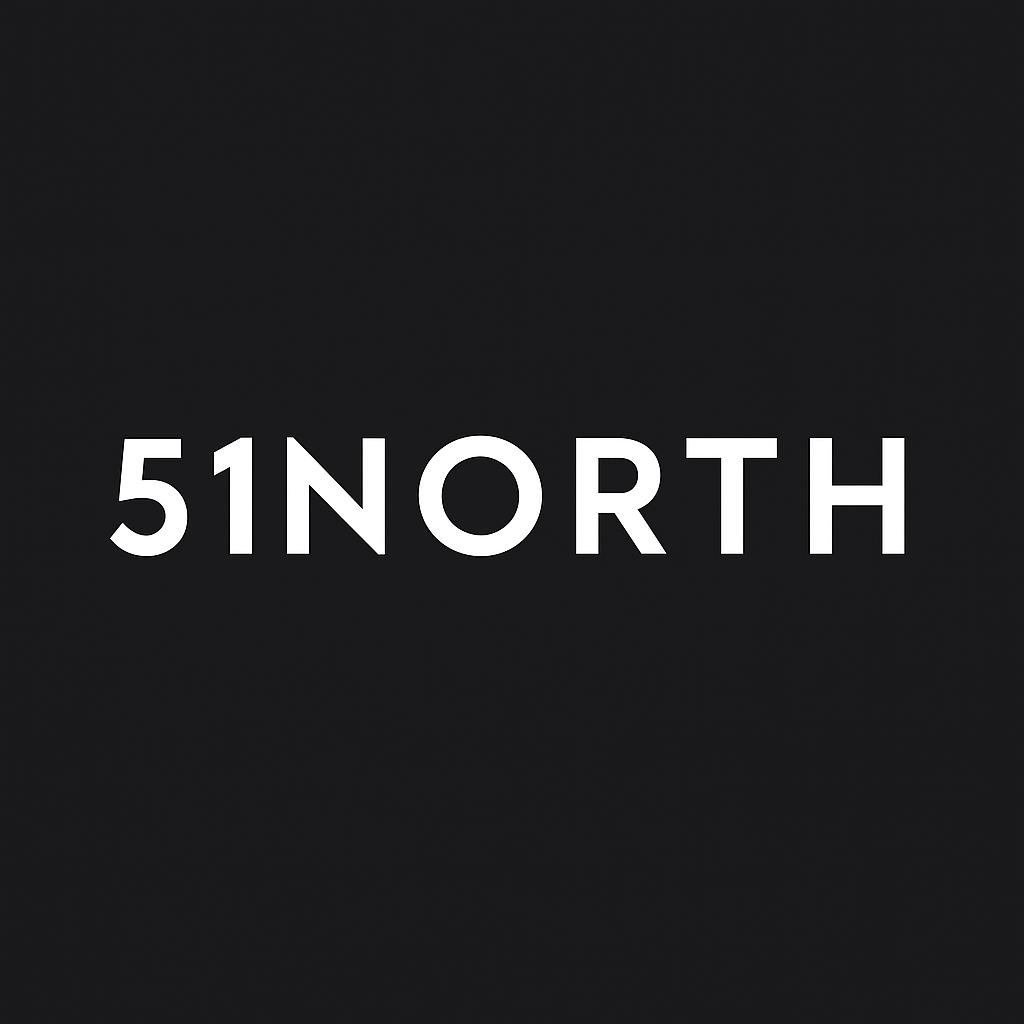
51North
Dutch digital studio crafting branded digital experiences where advanced functionality meets premium design.
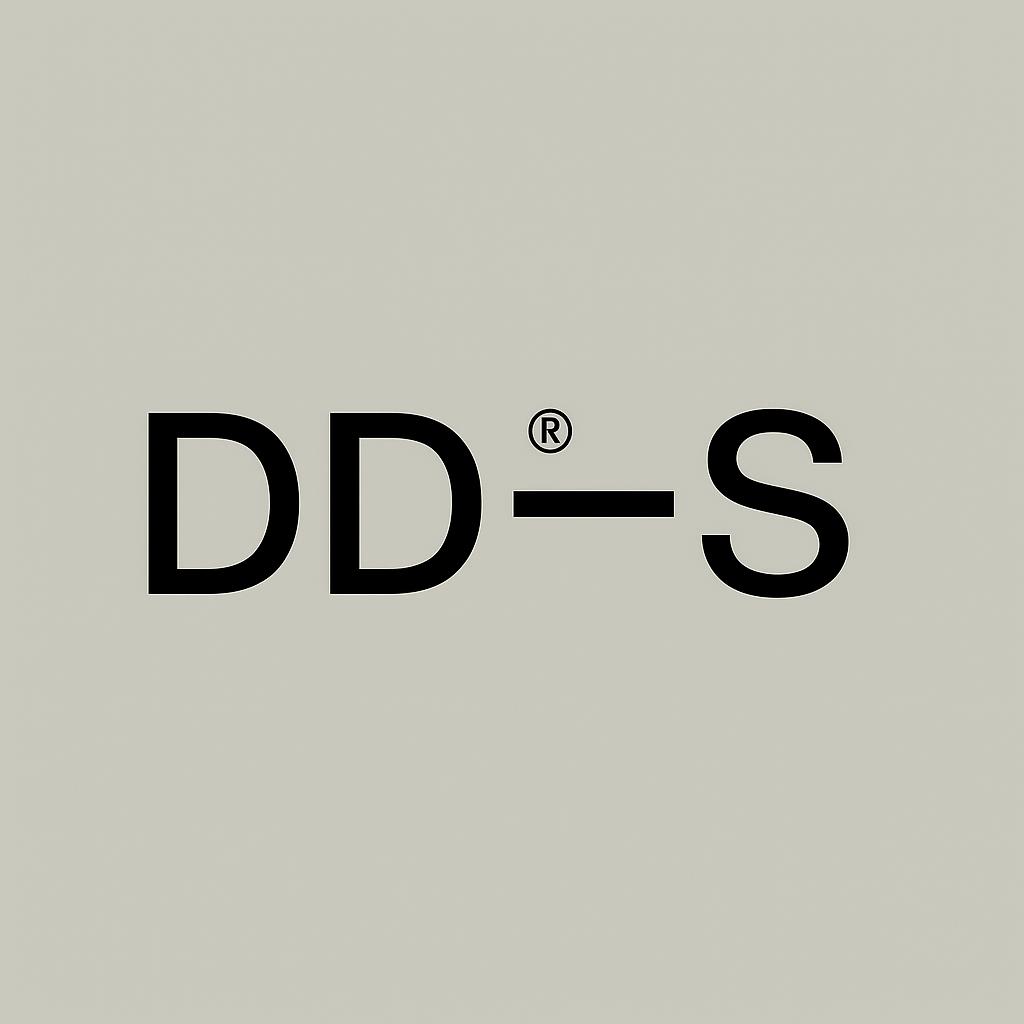
Dash Digital
South Africa-based digital design studio combining research, strategy, branding, UI/UX and web development to create engaging brand experiences.
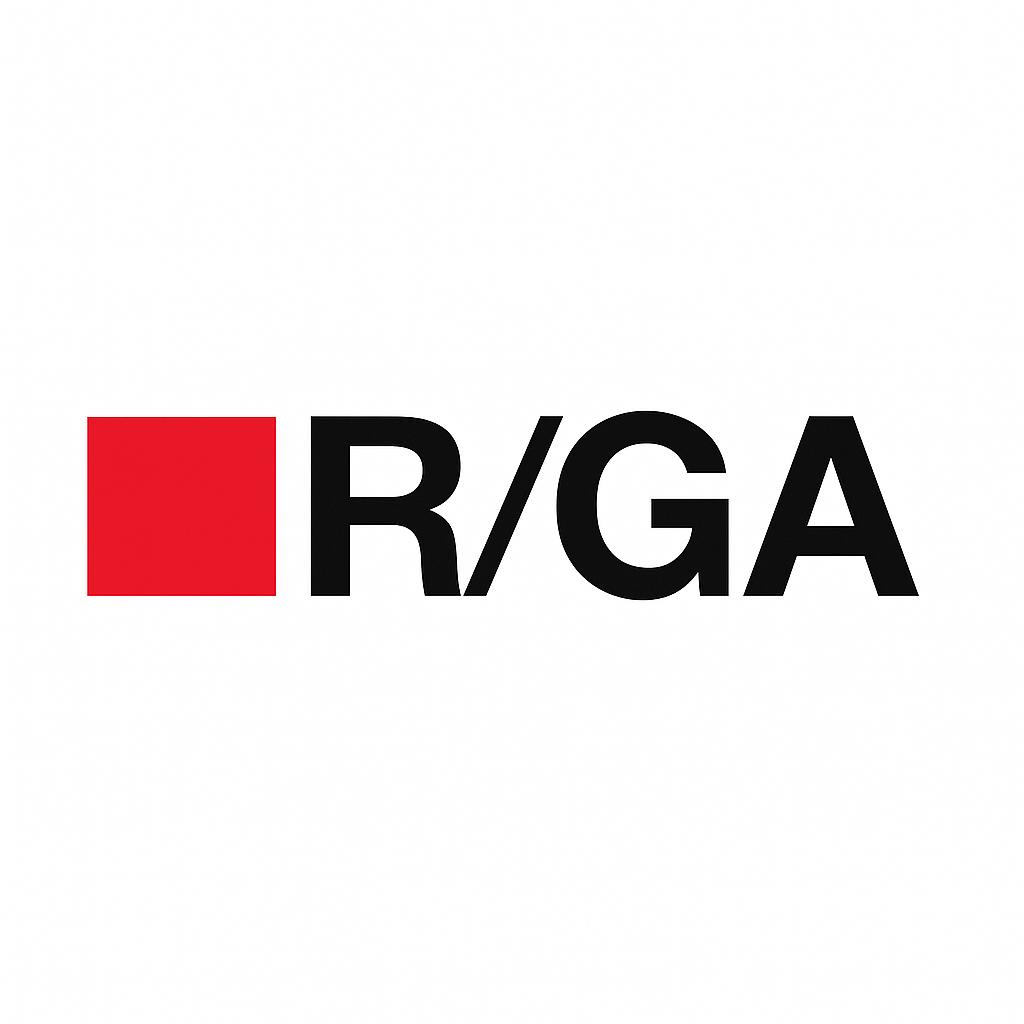
R/GA
A global digital agency known for its innovation in marketing, branding, and technology. R/GA combines creativity and technology to help brands grow in the digital age.
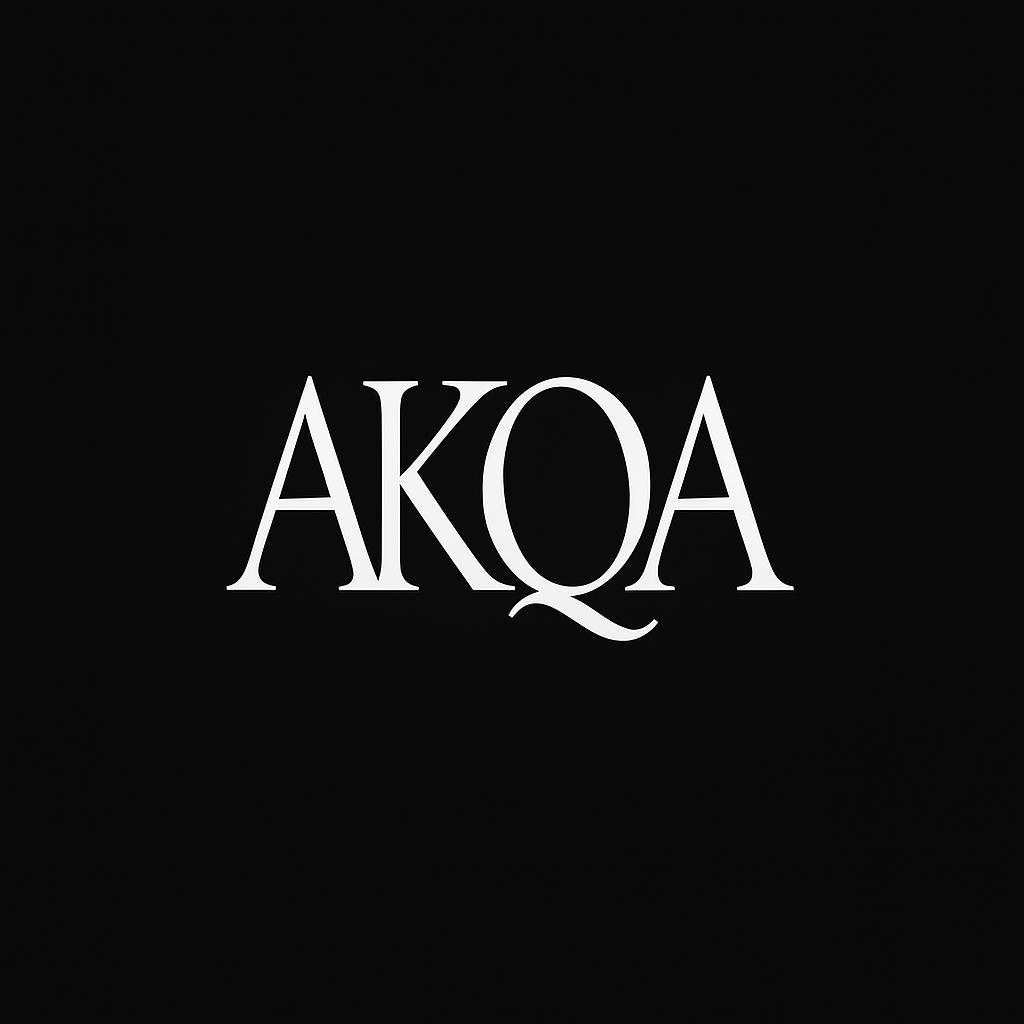
AKQA
A digital agency specializing in experience design, product development, and digital transformation. They have a global presence with 29 international studios.

Code and Theory
A digital-first creative agency that designs best-in-class products and brand experiences, helping clients drive purposeful change and thrive in a time of digital disruption.
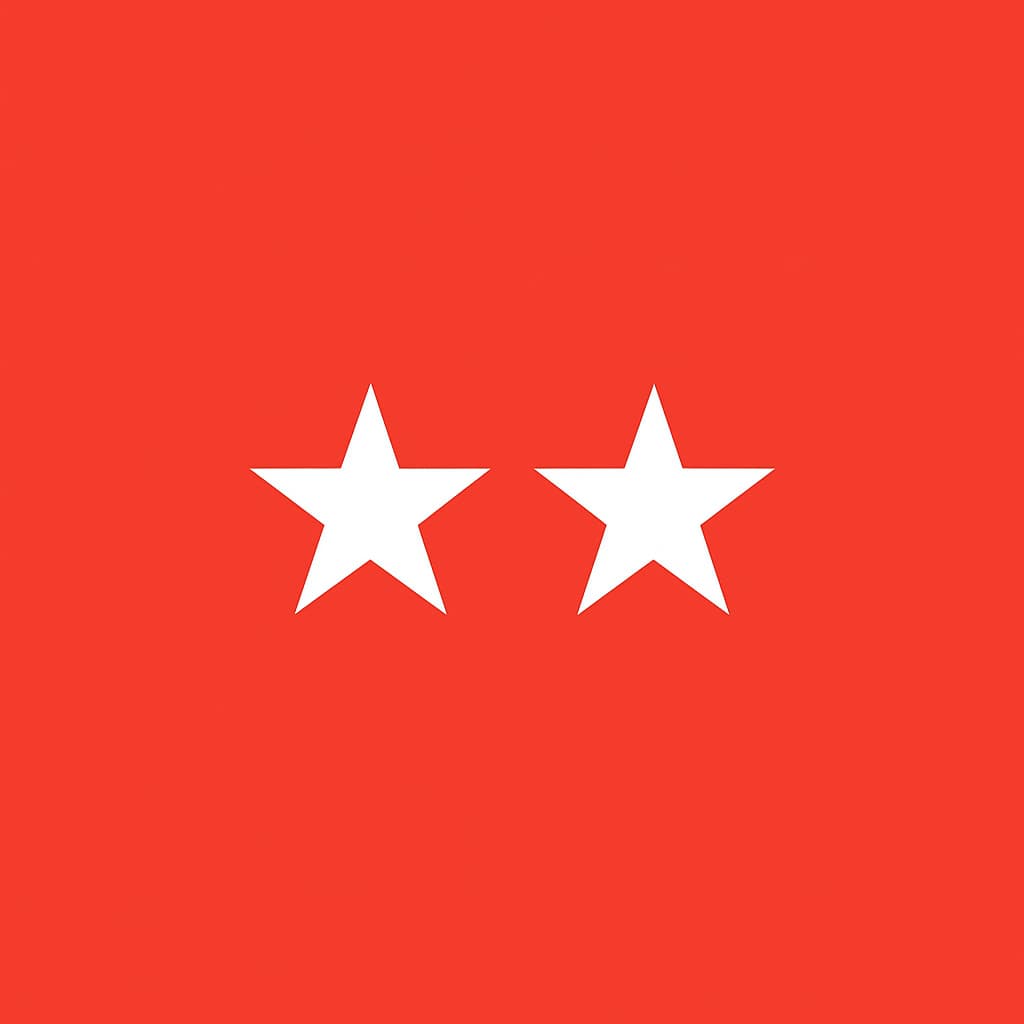
Work & Co
A design and technology studio that partners with visionary teams to build game-changing products, brands, and websites.
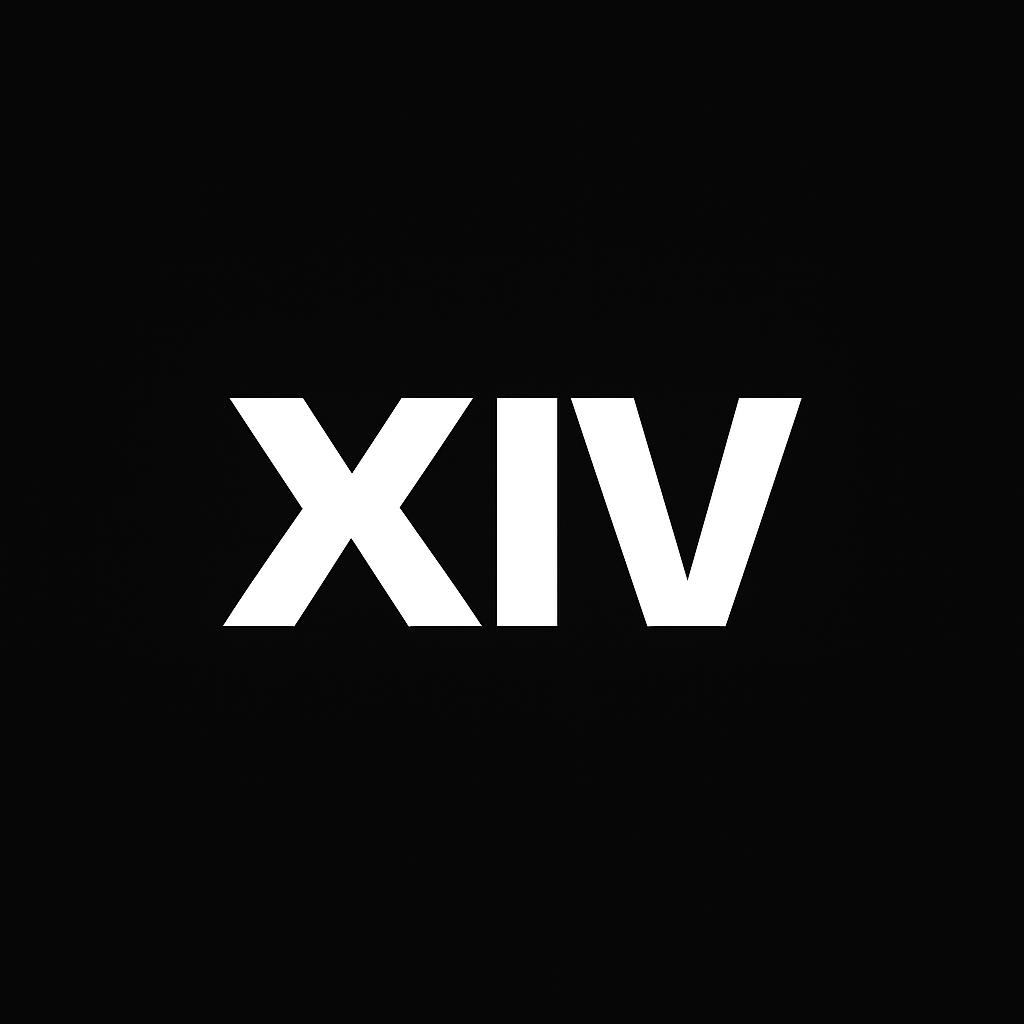
Team14 Studio
Warsaw-based UX/UI, branding, and web agency delivering scalable digital products for startups and global enterprises with design-led strategy.
How we curated the world’s
top web design agencies
Selecting the best web design agencies requires more than just beautiful portfolios.
Our methodology blends technical precision, strategic thinking, and business impact.

Design That Converts
We prioritized agencies that go beyond visuals and design websites with clear calls-to-action, goal-driven layouts, and conversion-focused architecture.
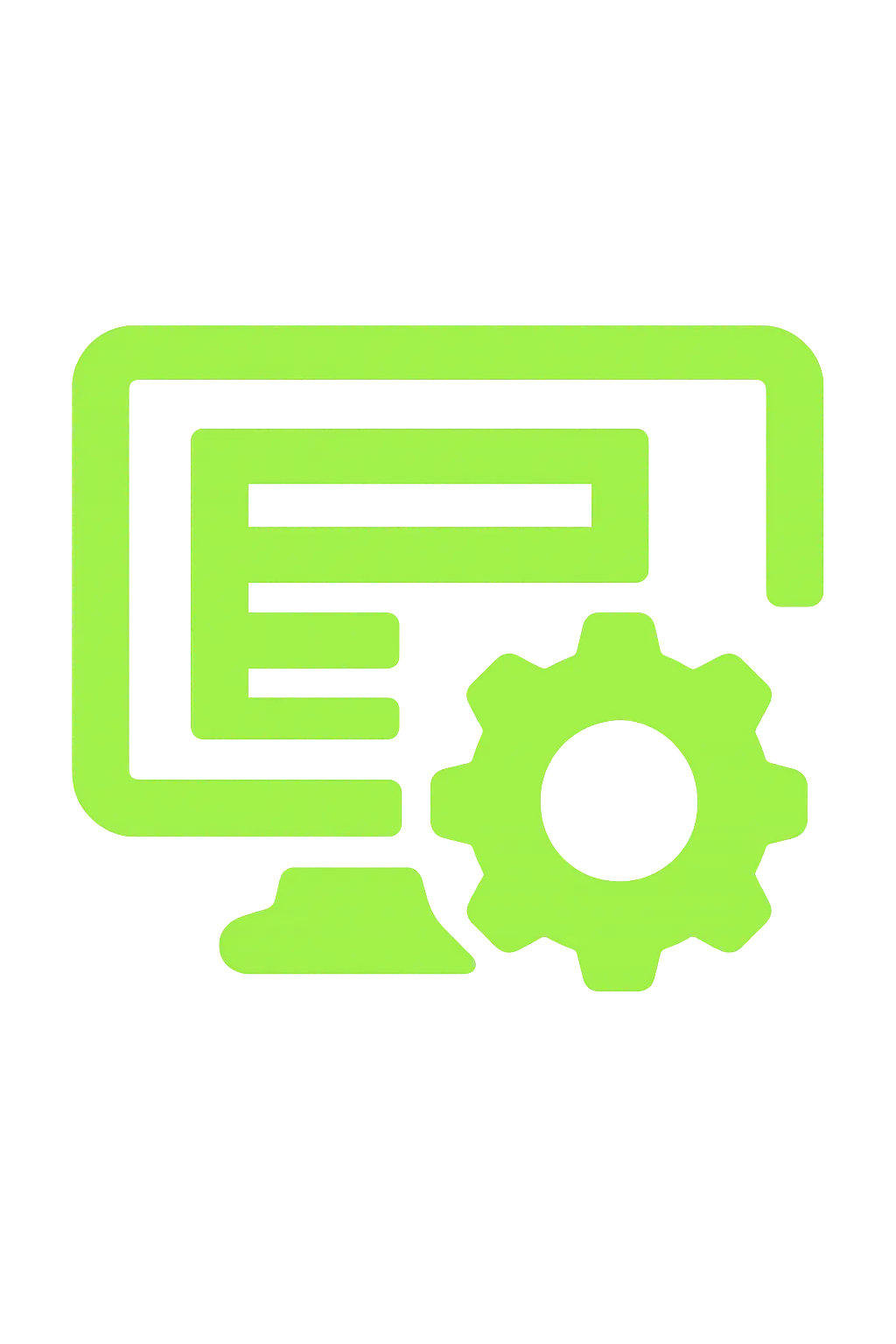
Platform Versatility & Execution
Agencies were chosen based on their ability to design for various platforms (Webflow, WordPress, Shopify, Framer, custom code) and to deliver pixel-perfect, responsive builds.
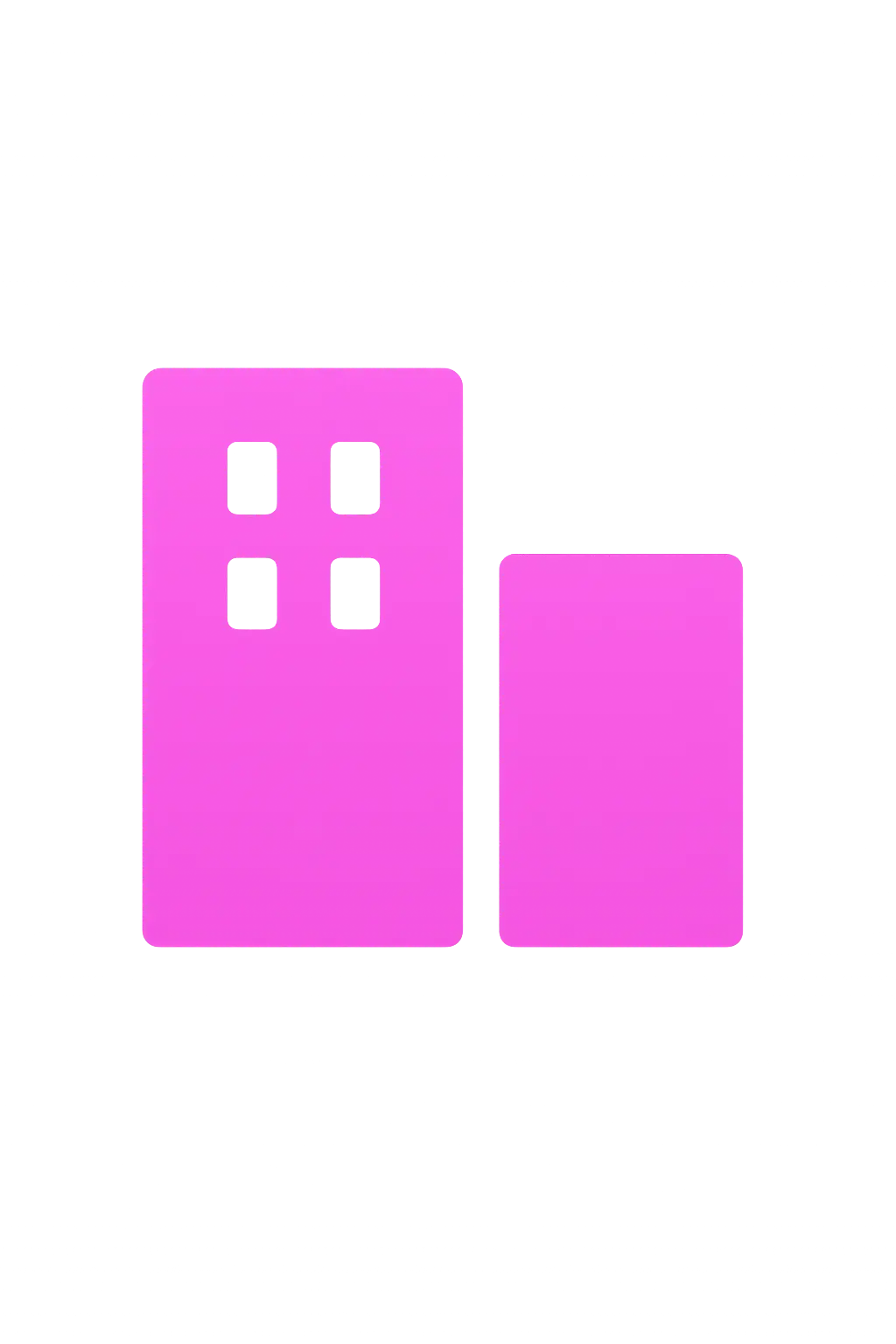
Industry Adaptability
From SaaS to luxury retail to nonprofits, we evaluated how agencies adapt their design approach to different audiences and business models.

Visual Originality & Recognition
We considered aesthetic innovation, uniqueness of style, and awards or recognition in design showcases like Awwwards, CSS Design Awards, and Behance.
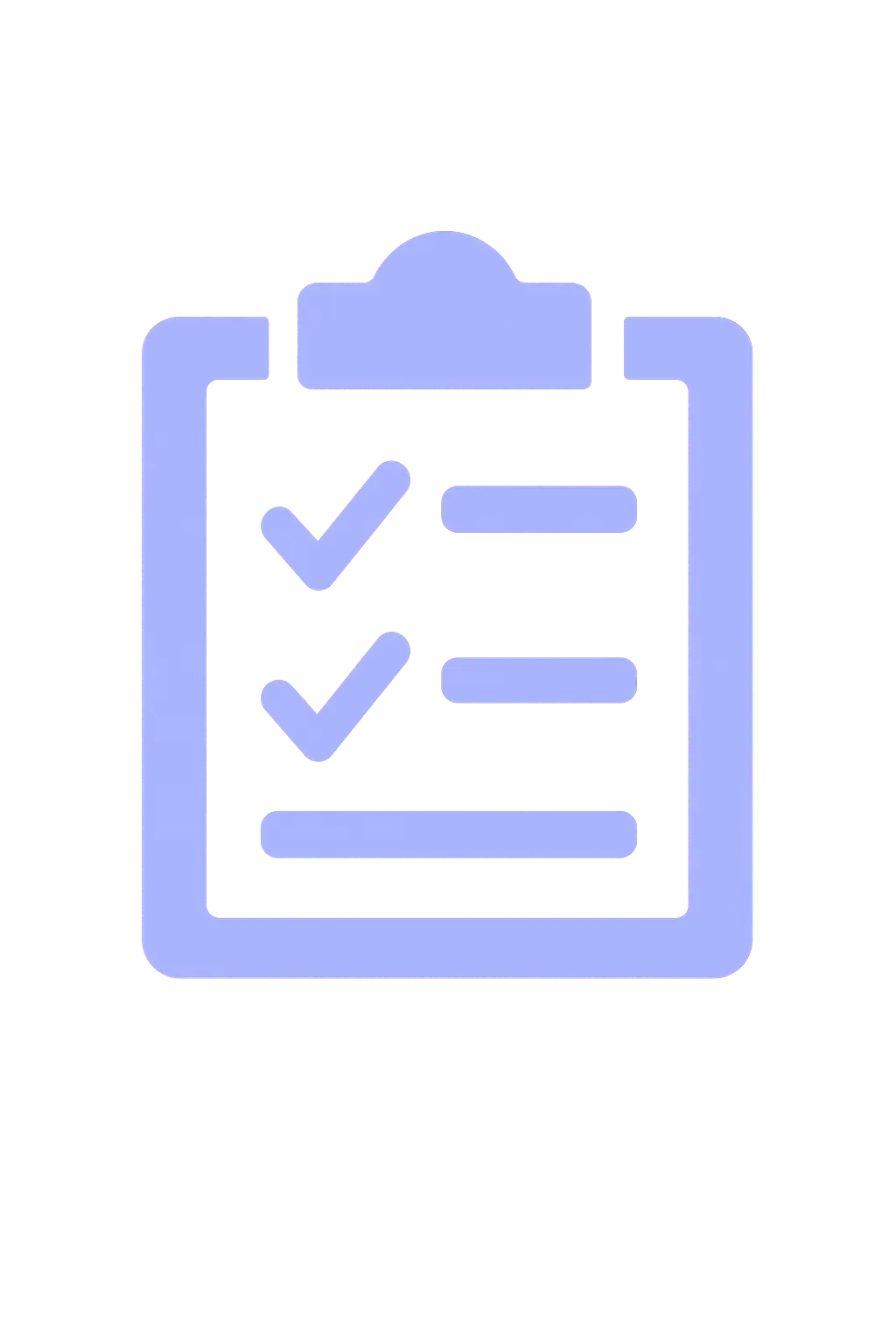
Process & Project Delivery
Agencies were reviewed for structured processes, collaboration tools, client education, and on-time delivery, even on complex multi-stakeholder projects.
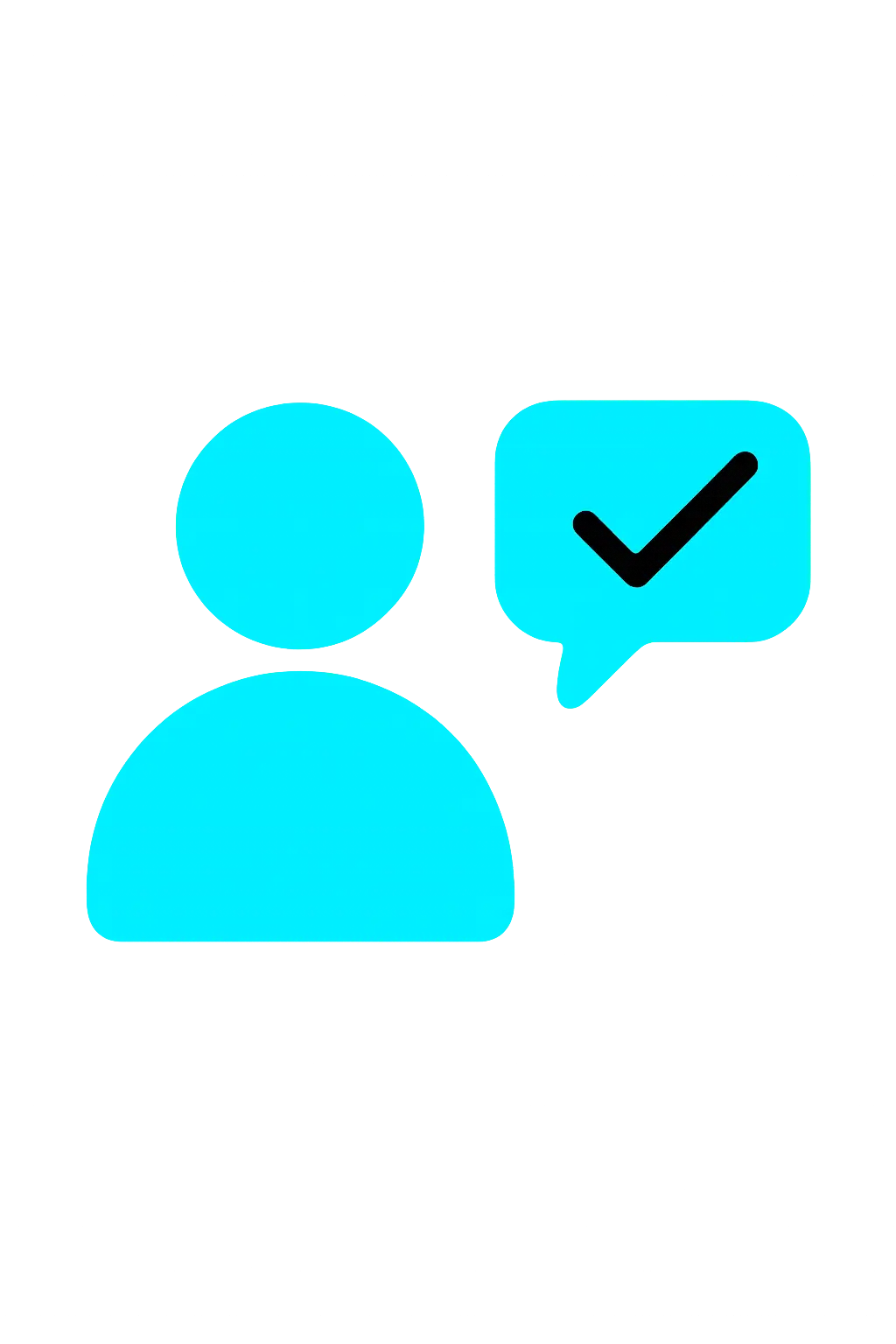
Client Feedback & Real-World Results
We incorporated verified reviews and case studies that showed tangible outcomes: traffic increases, bounce rate drops, better user engagement.
Leading agencies around the world
Detailed insights on each agency to help you make the right choice based on your specific goals.


1. Clay
Best for: startups and enterprises looking for meticulously crafted, user-centered websites that unify brand storytelling with seamless digital experiences.
Key clients: Google, Slack, Snapchat, Yahoo! Games, Fiverr
Streetbeat, Vantara, Marqeta, Lulo Bank Locations: San Francisco, Belgrade Year Established: 2009 Team Size: 50-100 Budget: $50,000+ Hourly price: $150 – $199


2. Mission Control
Best for: fast-growing startups in fintech, Web3, and B2B tech seeking AI-enhanced web design and no-code development with flexible pricing and hands-on strategic support.
Locations: San Francisco Established: 2025 Team Size: 11-50 Budget: depends on the pricing model Hourly price: $150


3. 51North
Best for: Automotive OEMs and dealerships scaling digital touchpoints.
Key Clients: Porsche Netherlands; MG Motor. Location: Sittard area, Netherlands. Team Size: <30.

4. Dash Digital
Best for: OEMs, EV startups, and transport innovators needing full-stack creative.
Key Clients: Fitsole, Enpower, VANA, Inkfish, Southern Guild, Blocklords, Lemkus, Kia. Location: Cape Town, South Africa.

5. R/GA
Best for: Enterprises seeking innovative digital solutions that blend creativity and technology.
Key Clients: Nike, Samsung, Google, Verizon. Location: HQ: New York, NY. Founded: 1977. Team Size: 1,000–5,000. Hourly Price: $67/hr avg. Budget: $5,000+.

6. AKQA
Best for: OEMs and Tier-1 suppliers needing global delivery + design excellence.
Key Clients: Louis Vuitton; Dior; Netflix; Nike; Google; H&M; Volvo; Amazon; TikTok; UGG; Coca-Cola; Sony; Uber; IBM; Rolls-Royce. Location: London, UK. Founded: 1994. Team Size: 6,000+. Budget: $10,000+.

7. Code and Theory
Best for: Mobility companies rethinking ecosystems, platforms, or campaigns.
Key Clients: Amazon, Qualcomm, Spotify, NBCUniversal. Location: New York, NY, USA. Founded: 2001. Team Size: 250–499. Hourly Price: $150–$250/hr. Budget: $250,000+.

8. Work & Co
Best for: Mobility startups building disruptive, user-centered platforms.
Key Clients: IKEA; Apple; Disney; Epic Games; Pfizer; Lyft; Google; Airbnb; Mercedes-Benz; Mailchimp; PGA TOUR; Aesop. Location: San Francisco, CA, USA. Founded: 2013. Team Size: 10–49. Hourly Price: $150–$200/hr. Budget: $5,000+.

9. Team14 Studio
Best for: Scaling startups needing design-led strategy + build.
Key Clients: BMW (Configurator), Porsche (Configurator), Ducati, Riviera watches, Nexar, Lumina, Space Cartels. Location: Warsaw, Poland. Budget: $1,000+ (min. project size).
Read more
Explore our curated lists of top web design agencies across cities, industries, and technologies. Find the perfect partner for your next digital project.
Best Logistics Website Design Companies
Discover agencies that streamline logistics platforms with efficient, clear design.
Best Healthcare & Life Sciences Web Design Agencies
Explore trusted agencies building compliant, accessible digital health experiences.
Best Food & Beverage Web Design Agencies
Browse firms creating appetizing, user-friendly sites for food and beverage brands.
Best Ecommerce & Fashiontech Web Design Companies
Find agencies that build high-converting storefronts and fashion-forward experiences.
FAQ
A design agency specializing in UX/UI, product, and brand design for transportation tech, such as EV platforms, scooter sharing, rideshare apps, and smart transit systems.
Top options include Clay, Mission Control, 51North, Work & Co, R/GA, Code and Theory, which are known for working with innovative automotive and urban mobility companies.
Yes, many specialize in mobile-first UX for real-time maps, vehicle discovery, trip planning, and payments.
Absolutely. Agencies create connected car interfaces, charging network dashboards, driver apps, and branded ecosystems.
Most top mobility agencies offer both, ensuring a cohesive brand experience from vehicle to app to website.
They use mapping APIs (e.g., Mapbox), prioritize clarity, and focus on context-aware interactions for location-based services.
It’s time-sensitive, location-based, often used while in motion, and needs to communicate reliability, speed, and ease of use instantly.
Yes, some agencies partner with municipalities or transit startups to improve rider experiences and multi-modal navigation.
Projects range from $50K to $250K+, depending on whether it’s app design, hardware UX, connected vehicle dashboards, or marketing websites.
Yes, many also design backend portals, fleet dashboards, and analytics tools for operators and dispatchers.
Some agencies also design embedded UIs, in-vehicle screens, and integrations between devices and apps.
8–16 weeks is standard for brand and product design, depending on complexity and team integration.
Yes, user research is often conducted to understand trip flows, pain points, and behavior in urban and suburban mobility.
Many are, especially those working with EV, e-bike, or shared mobility startups focused on climate-friendly transportation.
Definitely. They design flexible UI systems and localizable experiences that adapt to regulations, infrastructure, and user behavior across regions.

